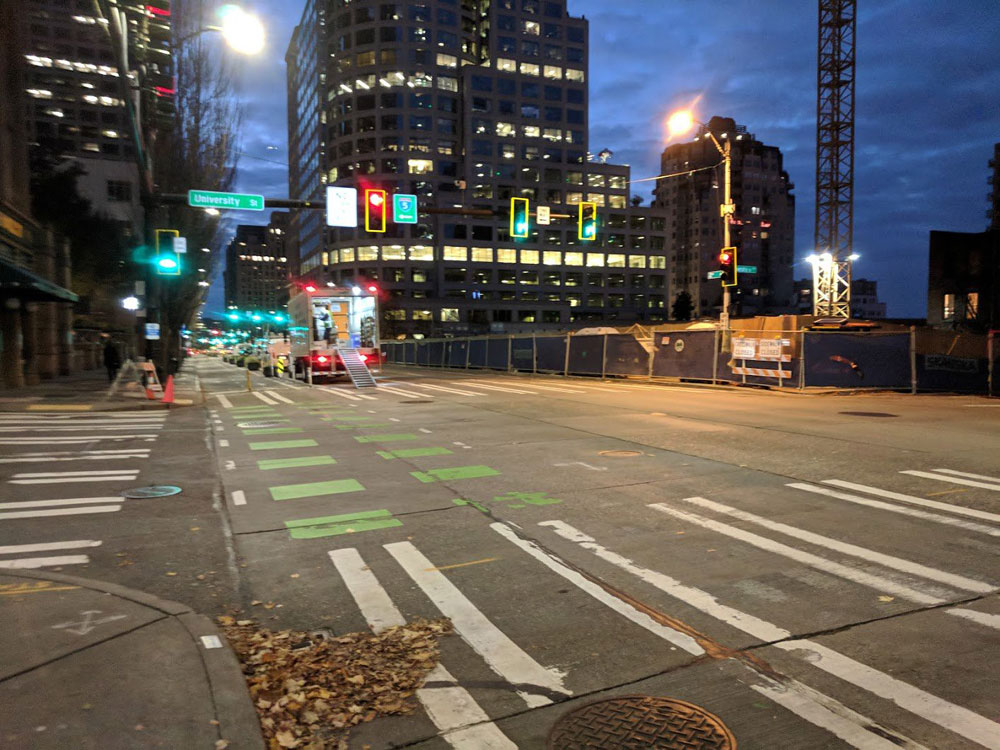
October 16, 2020; Wall Street Journal
Back in the spring, NPQ reported on the chaos in the PPP (Paycheck Protection Program) process, a rollout disaster on many levels. But a new report from the US House Select Subcommittee on the Coronavirus Crisis suggests a new aspect to this rollout disaster that had not been understood before, as Amara Omeokwe and Ryan Tracy explain in the Wall Street Journal.
The phrase, “the system worked as intended,” comes to mind. Specifically, it appears one reason most major banks favored existing customers over all comers in that initial crazy scrum for PPP forgivable loans was simple: the US Treasury Department encouraged them to do so. (For the record, the Treasury Department denies this.)
Of course, it is worth recalling that the PPP policy was flawed in its design from the beginning. No other nation chose loans as a means to protect paychecks. In Europe and Canada, government provided payroll subsidies directly. A variant of this approach was even applied to one industry in the US—airlines—and for six months, the $32 billion airline program protected an estimated 750,000 jobs; the $525 billion PPP program, being generous, may have preserved perhaps 3.2 million jobs.
Then there was the craziness of trying to develop a program literally overnight. As NPQ noted then, “The federal regulations governing the program literally came out at 6 pm Eastern Time on Thursday, April 2nd, with loans supposed to be available the following morning.” Note the CARES Act only had become law on March 27th, six days before.
But the chaos appears to have been the product of more than bureaucratic snafus.
“Treasury privately encouraged banks to limit their PPP lending to existing customers, excluding many minority and women-owned businesses,” indicate the report authors in the very first finding of the report. As it details,
In an email obtained by the Select Subcommittee dated March 28, 2020, the head of the American Bankers Association (ABA) described to ABA’s board of directors a call with Treasury officials on March 27, the day the CARES Act was enacted. He explained that “Treasury would like for banks to go to their existing customer base.” The American Bankers Association represents “the entire banking industry.”
The report adds, “In a briefing for Select Subcommittee staff, JPMorgan corroborated this account, explaining, ‘From early on there was an understanding from Treasury that banks were working with existing clients.’”
Sign up for our free newsletters
Subscribe to NPQ's newsletters to have our top stories delivered directly to your inbox.
By signing up, you agree to our privacy policy and terms of use, and to receive messages from NPQ and our partners.
“Given the time-consuming regulatory requirements to onboard a new client, and the need to move very quickly for struggling businesses, we initially focused on existing customers,” a JPMorgan spokeswoman tells the Wall Street Journal, emphasized that Treasury Secretary Steven Mnuchin “encouraged small businesses to go to their own banks for this reason.”
Treasury disputes that it gave this advice. But what’s clear is that seven of the eight banks investigated by the committee—JP Morgan Chase, Bank of America, Citi, Wells Fargo, Santander, PNC, and Truist—limited their initial PPP loans to existing customers. Of the banks the committee studied, only US Bank welcomed applications from businesses and nonprofits that were not already customers.
Some banks went further and had two speeds—an express line with concierge service for wealthy customers, and much slower service for everyone else. For example, if you had more than $20 million on deposit at JPMorgan Chase, the time for application to approval was 3.1 days; for everyone else, the average time to approval was 14.9 days.
Apparently, JPMorgan Chase told the committee they processed loans from larger customers more quickly due to the customers’ greater business acumen, but data from other banks put this claim in doubt. The report notes that US Bank processed loans for applicants with over 100 employees in 15.6 days as compared to 15.7 days for single-employee applicants.
According to the congressional report, at Citi, employees expressed concern in an internal April 4th presentation that “a policy of not taking non-customers might create heightened risk of disparate impact on minority and women-owned businesses.”
What is clear is that the PPP program failed to reach many businesses owned by people of color. According to the Federal Reserve Bank of New York, 41 percent of Black-owned businesses shuttered between February and April, compared to 17 percent of white-owned businesses during the same time period.
The report adds that community development financial institutions (CDFIs) and other banks owned by people of color were initially sidelined. At first, PPP loans could only be processed with banks that had $50 billion in assets or above. Only later was the threshold reduced to $10 billion.
Later, in “round 2” of PPP, Congress added provisions to favor CDFIs. CDFIs and other people-of-color-owned banks processed 221,000 loans worth $16.4 billion, about 3.1 percent of the program total. As the report’s authors note, “While legislative updates to the PPP provided additional funds, targeted funds to community financial institutions, and extended the application deadline, these improvements came too late to benefit businesses that had already failed.”—Steve Dubb













